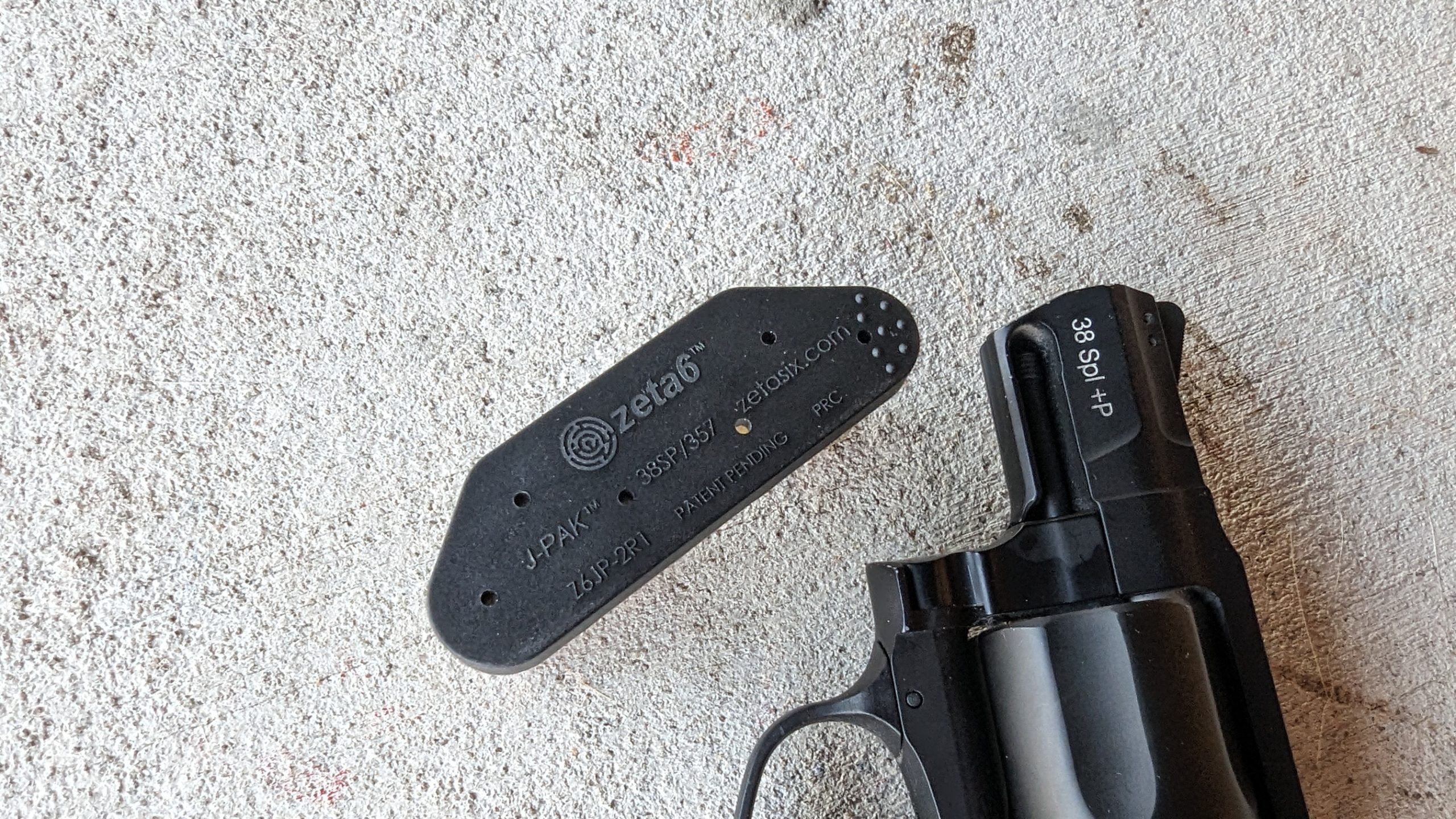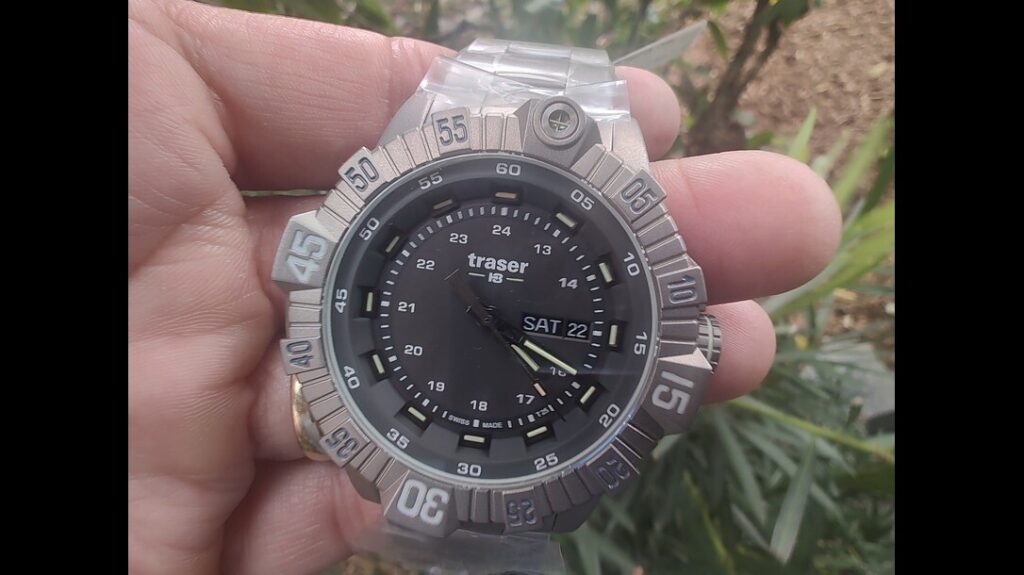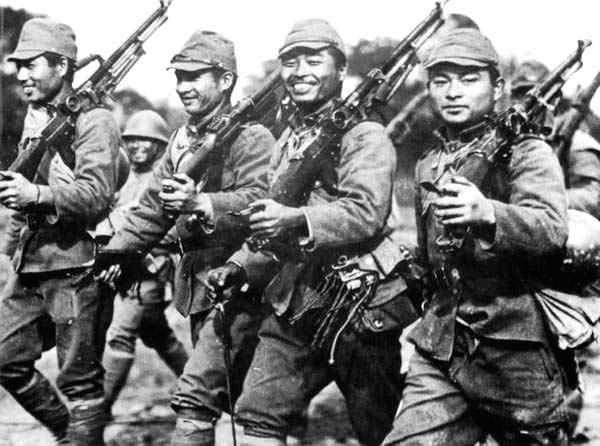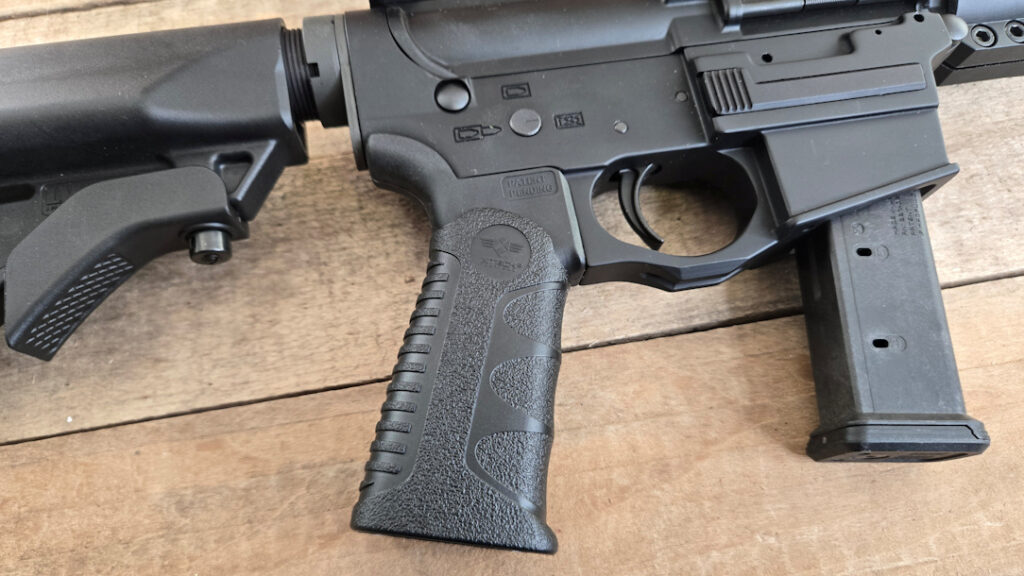The revolver reload conundrum has been dominated by Speed Strips and Speed Loaders. The value of a speedy reload in defense was highlighted by the Newhall Massacre, where four California Highway Patrol Officers were outgunned by two heavily armed criminals. This led to the traditional speed loads from HKS and Safariland, as well as the Speed Strips that started with Bianchi and continues to this day. Not much has changed until recently, and that change comes from a company called Zeta6 in the form of the J-Pak.
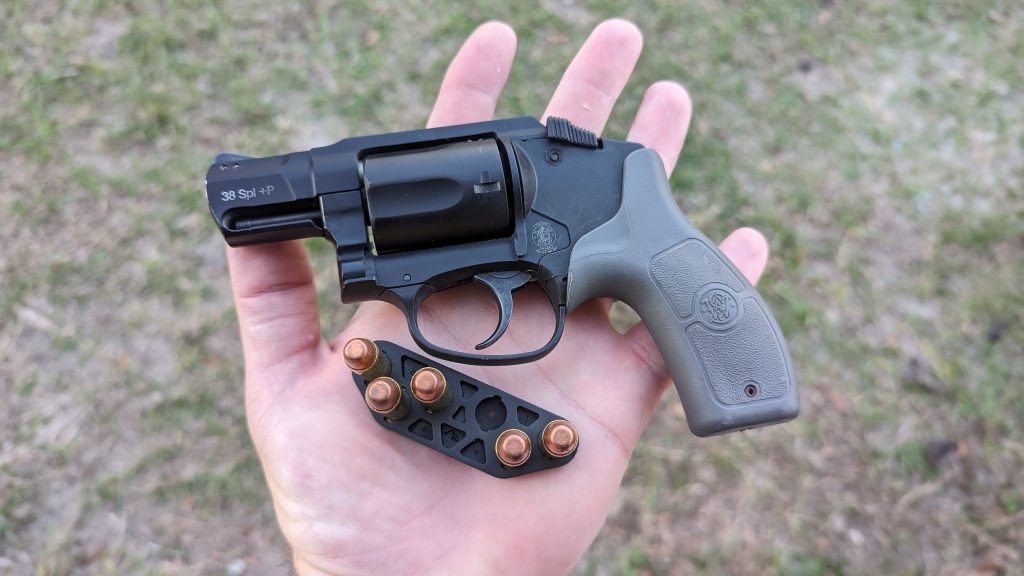
Speed strips are typically the choice of most concealed carriers because of how convenient they are to carry. They are a fair bit slower than the standard speed loader but quicker than dumping loose rounds into the gun. Additionally, speed loaders and J-frame revolvers can be awfully tricky. The tightness of the cylinder to the frame and the grip dimensions can make it hard to fit a speed loader in the weapon. This typically limits you your choices.
Advertisement — Continue Reading Below
The J-Pak from Zeta6 is a different kind of speed loader. The J stands for J-frame, and there is also a K-frame model and a model specifically designed for the Ruger LCR. The J-Pak’s main goal is to keep the convenience of the Speed Strip, making it faster to reload while remaining convenient to carry.
Breaking Down the J-Pak
The J-Pak has six slots for 38 Special or 357 Magnum rounds. Unlike a speed strip, the rounds are not placed directly in a straight line. These rounds sit in a staggered position that stacks three rounds at one end and two rounds at the opposite. The intention is to use five of the slots and leave one open for a better grip on the J-Pak. The device is designed to be loaded differently depending on which hand you plan to reload with.
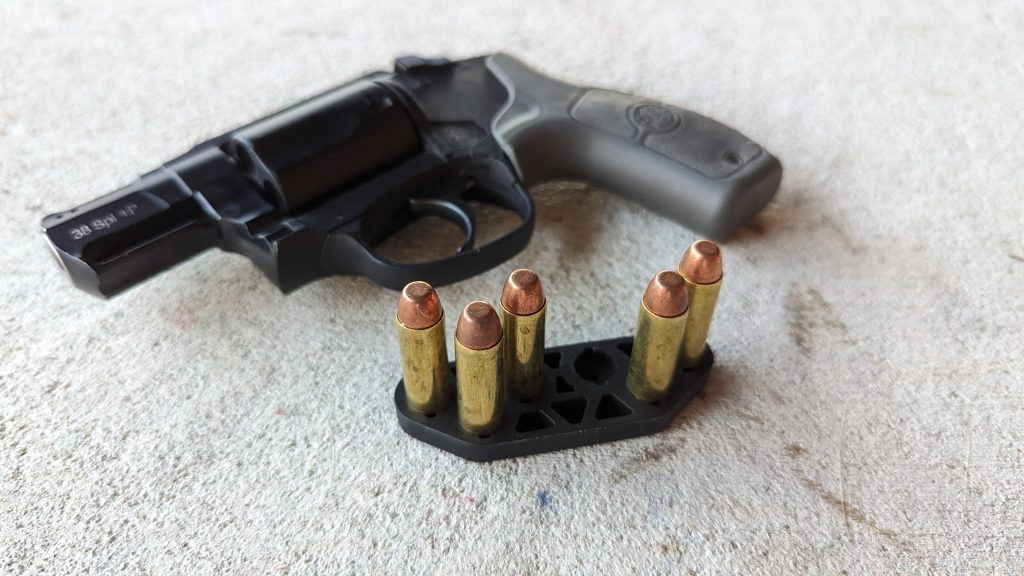
Advertisement — Continue Reading Below
An R and L on the J-Pak gives you a clue on which side to load. With the proper reload hand-selected, you’ll load three rounds up front, skip a slot, and load two rounds at the back. The skipped slot gives your pointer finger a place to sit, improving your grip and allowing you to handle the J-Pak easily.
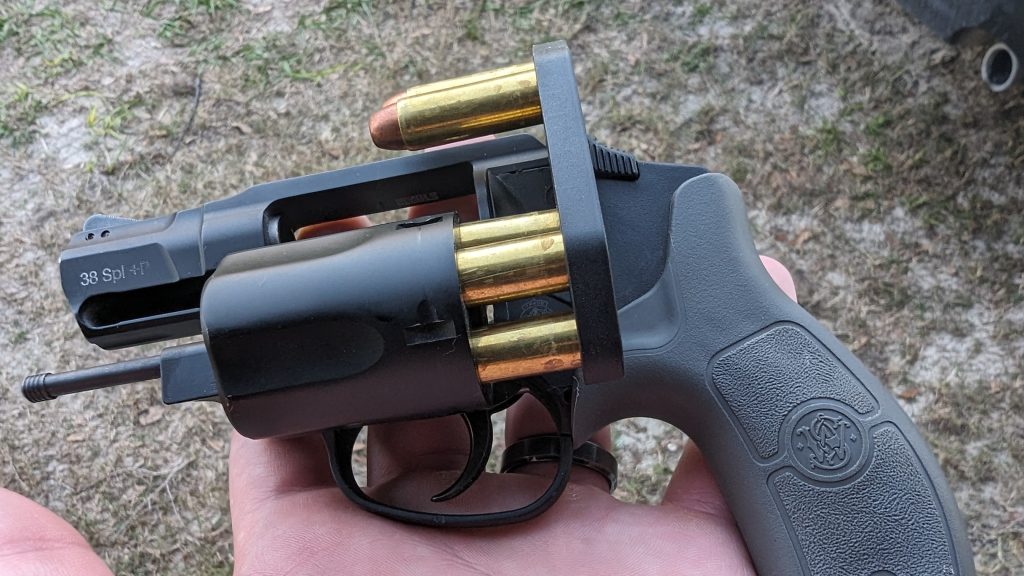
The J-Paks are made from a softish polyurethane material, and you get two per package for the low cost of 14 bucks.
Advertisement — Continue Reading Below
Do they work? Well, with a S&W Bodyguard and a heart full of hope, I went to the range and practiced.
How the J-Pak works
The J-Pak’s staggered round design is purposeful. Not only does it make the length of the speed strip shorter, but it positions the rounds for a faster reload. With a standard Speed Strip, you can load maybe two rounds at a time. With the J-Pak, you can load three rounds at a time due to the speed loader configuration.
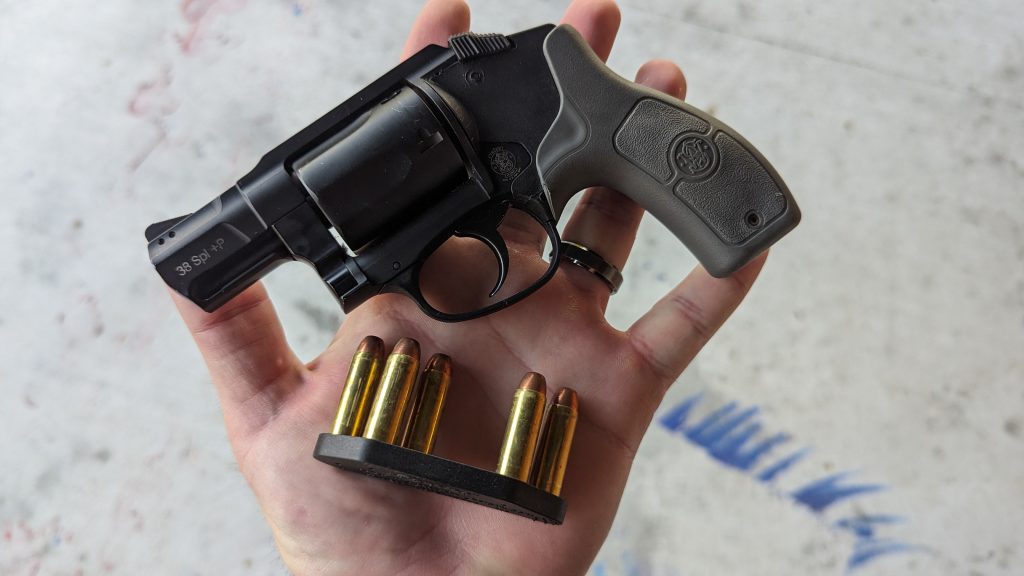
Advertisement — Continue Reading Below
You peel off the first three rounds into the cylinder and then rotate to the opposite side and drop the final two rounds into the cylinder. It’s quicker and more intuitive than any normal speed strip. At the same time, you can still top off your gun if you just need to load a couple of rounds or a single round. That’s unlikely to occur, but it’s still nice to have the option.
During my practice, the first few reloads were a little sticky. The rounds didn’t want to break away with ease at first. However, after a few reloads, the J-Pak loosened just slightly and became quicker and easier to reload with. The sockets need a little work and break-in. In a real pinch, I could dump the empties, reload the three rounds, and get the gun into the fight with at least three rounds.
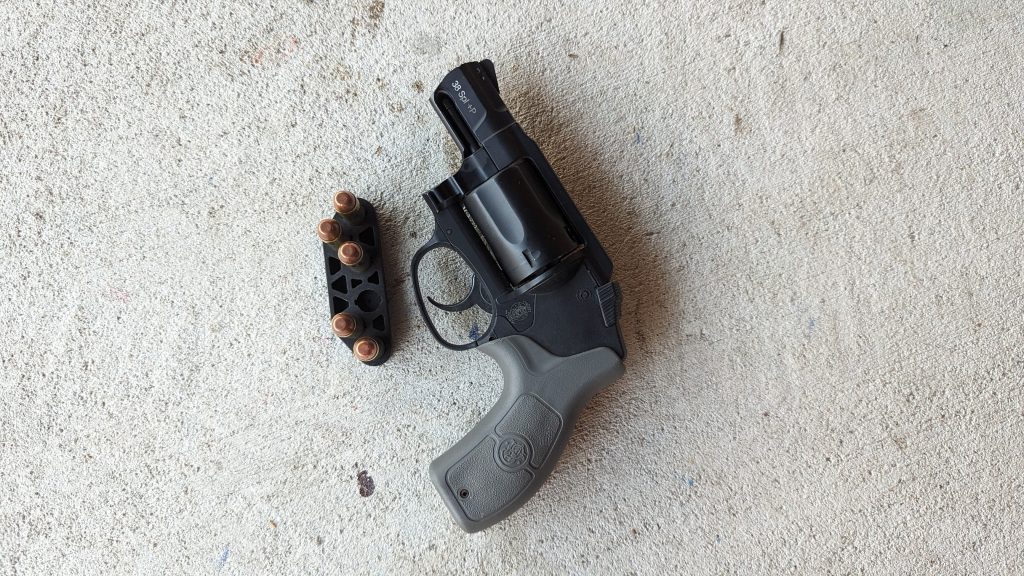
Advertisement — Continue Reading Below
I can load those three emergency rounds nearly as fast as I can use a proper speed loader. Sure, I’m only getting three rounds, but if people are shooting at me, three is better than throwing the gun at them. The Bodyguard is a very lightweight revolver; it wouldn’t even hurt that badly!
Reloading On the Fly
The Zeta6 J-Pak has the downside of being a bit thicker than most speed strips. They won’t fit into your standard speed strip pouch. The J-Pak fits into a pocket quite easily and is easy to retrieve. However, a dedicated pouch would be great. Hint, hint Zeta6.
If the Zeta6 J-Pak appeals to you, go check it out here.
Advertisement — Continue Reading Below
